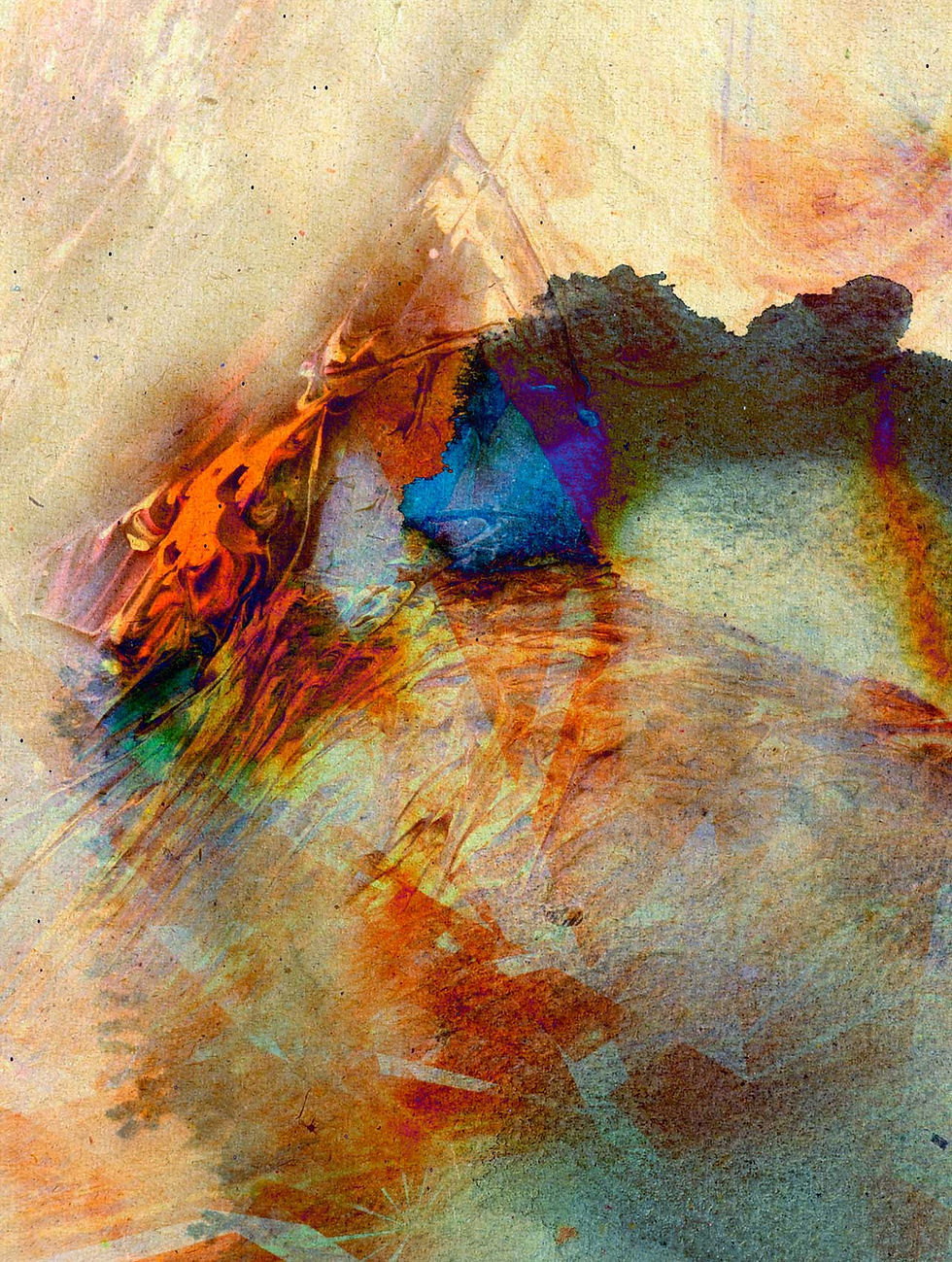Abdominal wall stain following laparoscopic cholecystectomy. WTF?
- Carlos E Costa Almeida

- 7 de ago. de 2018
- 3 min de leitura
Atualizado: 17 de nov. de 2020
Laparoscopic cholecystectomy is one of the most worldwide frequently performed procedures by general surgeons. Morbidity rate is around 0,4%, with bile duct injury being the most frequent one which can have catastrophic outcome. Even though, other complications can occur, some of them not well known by the majority of doctors. To tell one complication of mine is the objective of this post.

A female patient with symptomatic biliary disease was submitted to an uneventful laparoscopic cholecystectomy. The day after she was free of symptoms and was discharge home. Late in the afternoon she resorted to the emergency department with diffuse abdominal pain and distention. Mild tenderness was noted but without signs of peritoneal irritation. No jaundice. Simple abdominal film showed a dilated colon and no signs of pneumoperitoneum. Abdominal ultrasound revealed undilated bile tree and little amount of peritoneal fluid. Blood tests were normal. A postoperative ileus was suspected. Patient had a past medical history of irritable bowel symdrome. Since patient was symptomatic after pain-killers, she was sent to surgery ward. Two days later pain was more intense in the right abdominal quadrants and increasing with movements. An abdominal CT scan was performed. No bile tree dilaton was found, there was no pneumoperitoneum, and no abcsesses. An oedema of the right abdominal wall surrounding the previous right flank port incision was the only imaging finding in the CT. Meanwhile there was a mild increase in blood bilirrubin levels, but still no scleral icterus or jaundice, with normal alkaline phosphatase (AF). During clinical reassement a yellowish stain in the right abdominal wall was evident. Next step? Research...
Several worldwide case reports can be found in PubMed. A new term was introduce into my medical vocabulary: abdominal wall biloma. According to Kamyar Shahedi et al from University of California - David Health System in Sacramento, USA, a localized abdominal wall pigmentation after cholecystectomy is extremely rare. First case was reported in 1906 by Ranosohof in a patient with a common bile duct rupture presenting a localized umbilical yellow stain. In fact, a localized abdominal stain after cholecystectomy may indicate a bile leak, which in some cases may only be evident after bile tree opacification. Bile leak following cholecystectomy occur in 0,5% to 1% of cases. Jaundice will only be present if systemic bilirubin is higher than 3 g/dL.
Kamyr Shahedi et al performed a ERCP to confirm the diagnosis of a high-grade leak at the cystic stump. A sphincterotomy was made and a biliary stent was placed to allow leak to heal. Additionally a percutaneous drain was placed in an abdominal wall collection. Seven weeks later another ERCP was performed to remove the stent. Patient was asymptomatic. These authors state it is very important to secure a preferential bile flow through the papyla as the key factor for biliary leak healing. In the case I am presenting prophylactic systemic antibiotics were initiated, pain killers were constant, and oral intake was limited to liquids. A magnetic resonance cholangiopancreatography (MRCP) was requested to exclude/confirm a bile leak (as usual it could not be performed in time). Two days later the patient was significantly better, moving without difficulty, and with smaller abdominal stain. Abdomen was soft, painless, and without rebound. Bilirrubin was stable, normal AF, and normal white cell count. Abdominal ultrasound revealed only a small subhepatic collection of 2cm compatible with a biloma.
Normal oral intake was initiated. During the next three days there was a fast improve in symptoms. Bilirubin levels decreased and white cell count was still normal. Nine days after surgery the patient was asymptomatic and was discharge home. One month later blood tests were normal. At one month follow-up patient was asymptomatic and without any abdominal pigmentation. During cholecystectomy there was only a incidental gallbladder rupture, followed by intense peritoneal toilet. Although, during retrospective analysis of the procedure there was probably a wide cystic duct difficult to ligate with clips. Was there a small leak at the cystic stump? Was it self contained? Was it only a abdominal wall infiltration by the saline soluction used in peritoneal toilet stained with bile? Will probably never know since MRI was not performed...
An important take home message of this case is that sometimes a watch-and-wait strategy is all we need to treat our patients. Depending on serial clinical assessment invasive strategies may be avoided and all possible complications they can bring to the patient. Additionally surgeons must be in constant learning so that a best treatment can be delivered to patients.
Link to PubMed:
Dr. Carlos Eduardo Costa Almeida
General Surgeon



Comentários